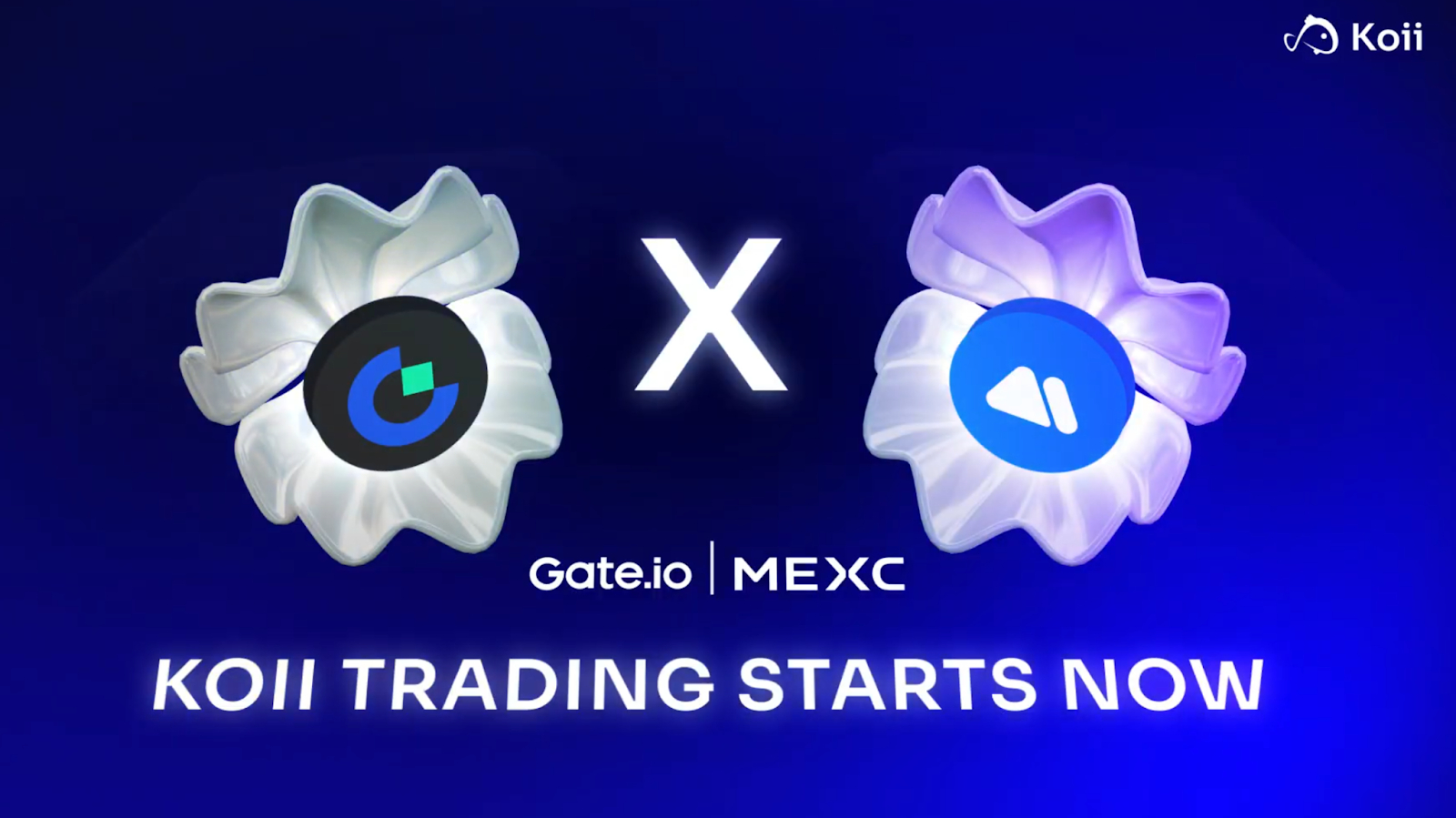ARTICLE AD
The volume of GitHub commits indicates that Cardano is leading not only Ethereum but also other major layer-1 blockchain networks.
Cardano’s ascent as a prominent blockchain protocol has been underscored by its impressive developer engagement, surpassing Ethereum in GitHub commits.
Recent data from IntoTheBlock (ITB) reveals that Cardano logged a total of 978,780 commits on GitHub between March 11 and 17, outstripping Ethereum’s 407,170 commits during the same period.
This is great news, especially because it means devs are recognizing all the tools and opportunities available to them to build on Cardano.
— Aleks Djuricic (@AleksDjuricic) March 18, 2024
Cardano Leads L1s’ in Developer Engagement
The volume of GitHub commits indicates that Cardano is leading not only Ethereum but also other major layer-1 blockchain networks. While there has been substantial developer activity across protocols like Avalanche (AVAX), Litecoin (LTC), and Tron (TRX), Cardano’s level of engagement stands out.
Developer activity is considered a crucial gauge of a protocol’s potential and future evolution. A higher number of commits typically means more decentralized applications (dApps) are being launched and improvements are being made to existing applications, which can strengthen the protocol’s overall resilience and functionality.
While Cardano’s robust developer activity bodes well for its future, the cryptocurrency’s price performance has not mirrored this trend. ADA has remained below the $1 mark since April 2022 and is currently valued at $0.6085, reflecting a 10.16% decline in the last 24 hours.
Despite the price decrease, Cardano’s commitment to development remains strong. The platform’s emphasis on building a secure and scalable blockchain has attracted a dedicated community of developers and enthusiasts.
It’s important to understand that developer activity does not always directly impact price movements in the cryptocurrency market. However, it does indicate a solid foundation for future growth and innovation within the Cardano ecosystem.
As the cryptocurrency market continues to evolve, with new projects and technologies emerging, Cardano’s position as a leader in developer activity highlights its potential to shape the future of decentralized finance (DeFi) and blockchain technology.
Cardano’s New Stablecoin Promises Unmatched Transparency
As reported by Coinspeaker, Cardano launched its fiat-backed USDM stablecoin on March 17, offering unique transparency features. Initially available to institutions, USDM will open to individual investors in April. Developed by Mehen Finance, USDM integrates Charli3 to prevent excessive token creation.
Unlike some of its peers, USDM cannot be frozen, providing users with greater control over their funds. However, this unique attribute has raised regulatory concerns, particularly regarding potential impacts on USDM’s bank accounts and value, as highlighted by crypto analyst Vanessa Harris.
Its unique features, including safeguards against excessive token creation and the inability to be frozen, set it apart in the stablecoin market.
The integration of Charli3 for monitoring reserves adds an extra layer of transparency and security. As USDM expands its accessibility to individual investors and continues to navigate regulatory landscapes, it sets a new standard for stablecoin development and adoption.
#CardanoCommunity,$USDM IS HERE!
policyID – c48cbb3d5e57ed56e276bc45f99ab39abe94e6cd7ac39fb402da47ad
assetName – 0014df105553444d pic.twitter.com/gnkh4NikDS
— $USDM on Cardano (@MehenOfficial) March 17, 2024
Mehen Finance, headquartered in New York, has taken a proactive approach to regulatory compliance by holding USDM reserves exclusively in government money market funds. The company is also expanding its licensing to operate across various states and aims to acquire European and UK licenses within the year.

 9 months ago
55
9 months ago
55 

